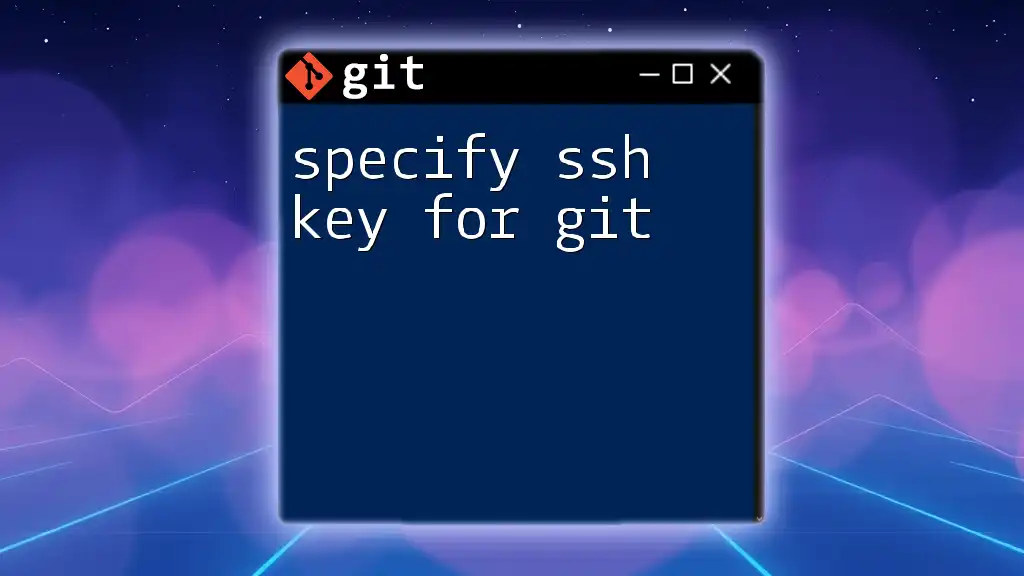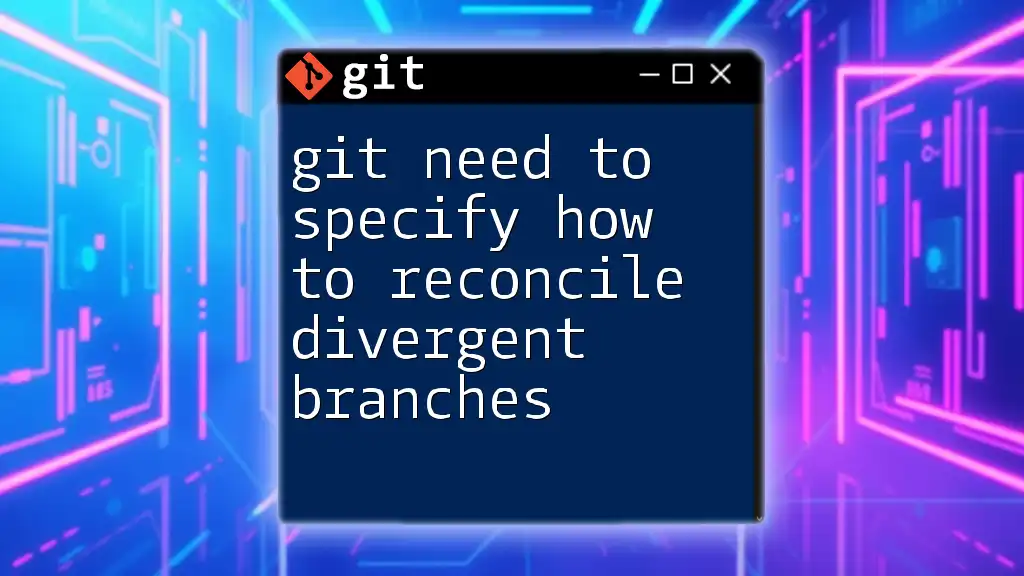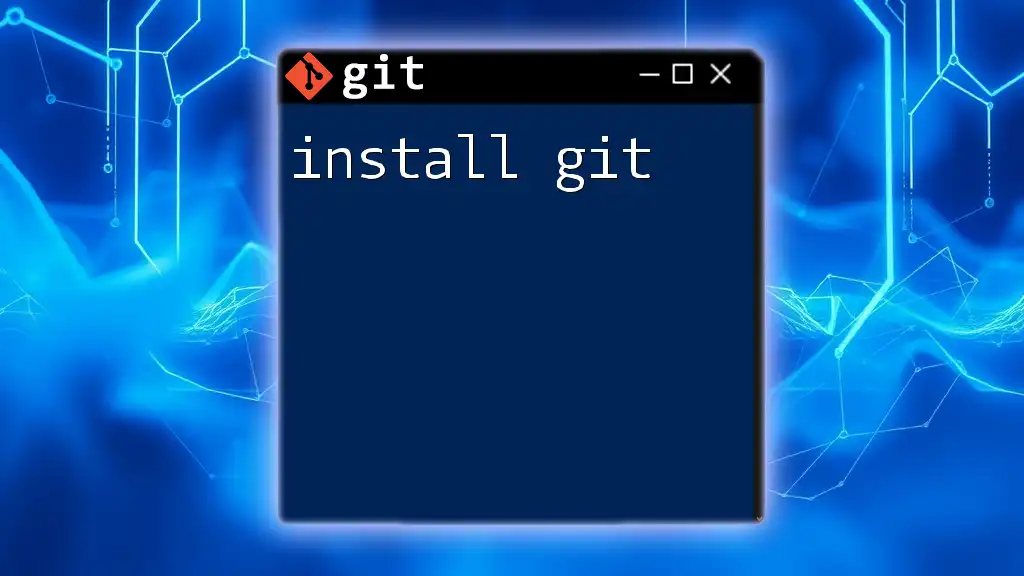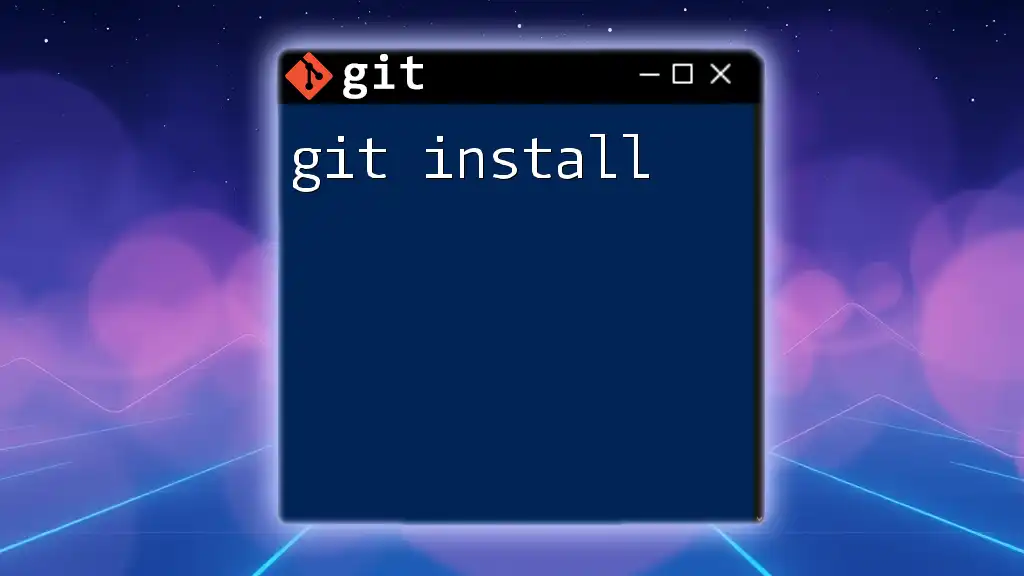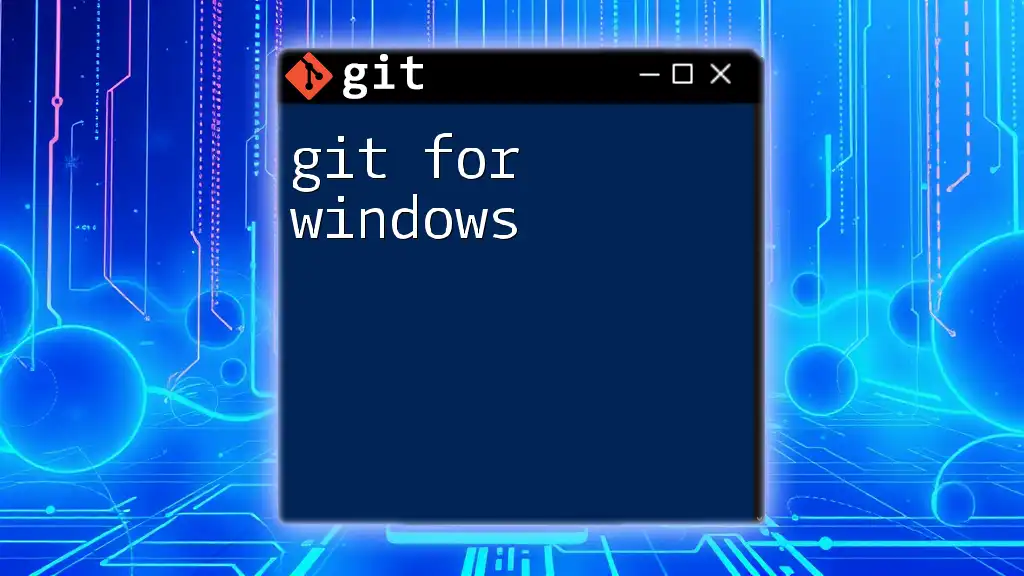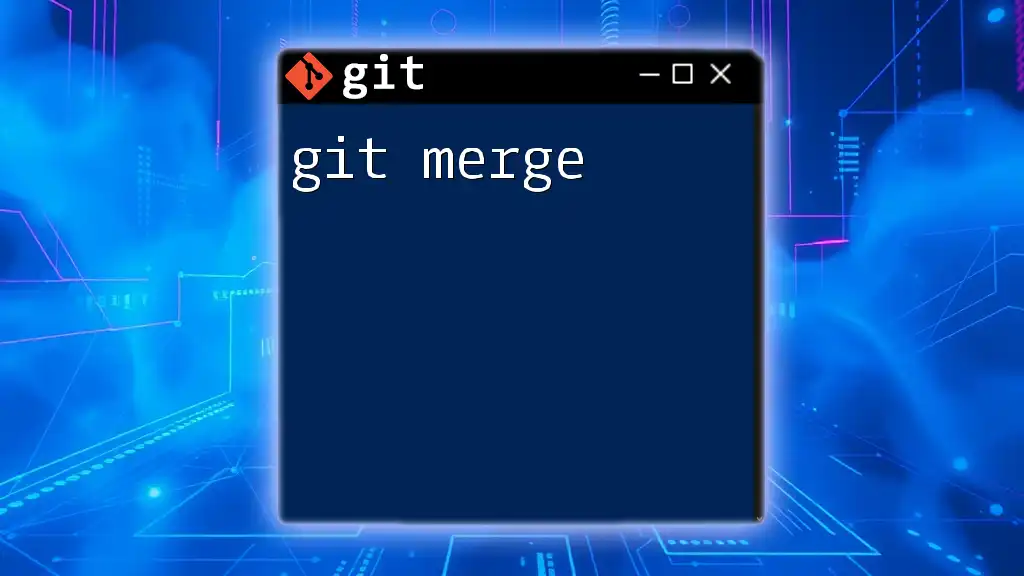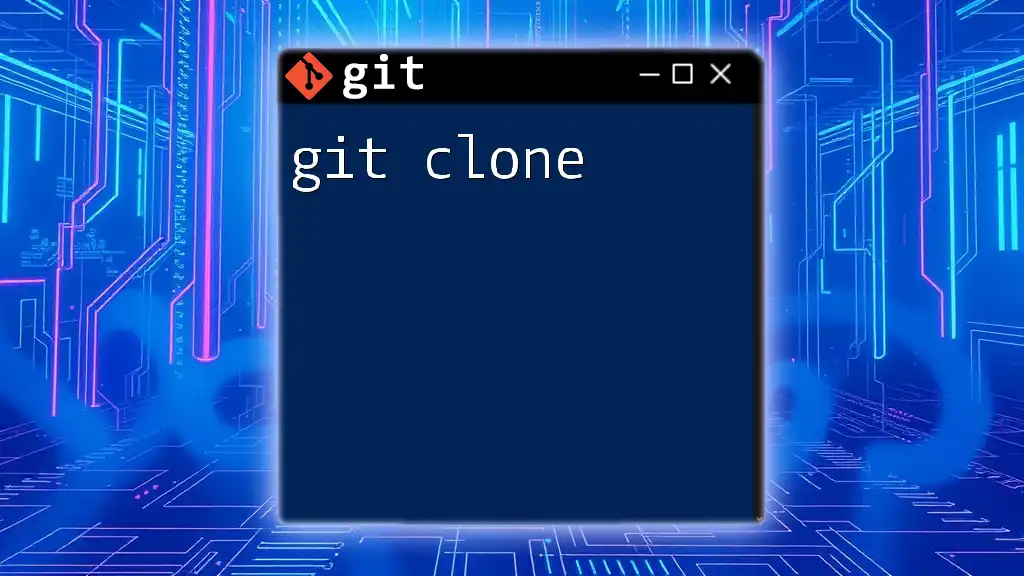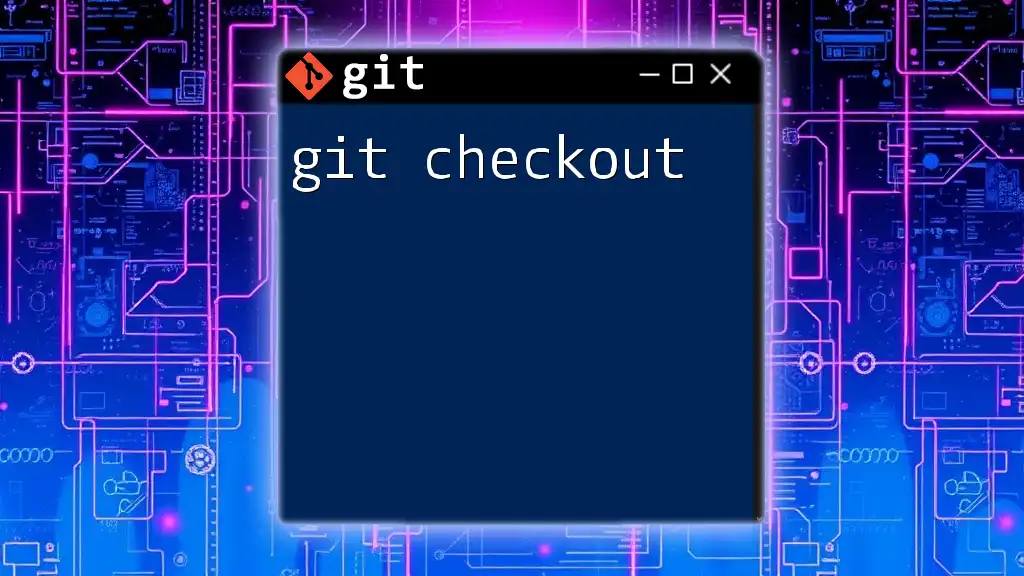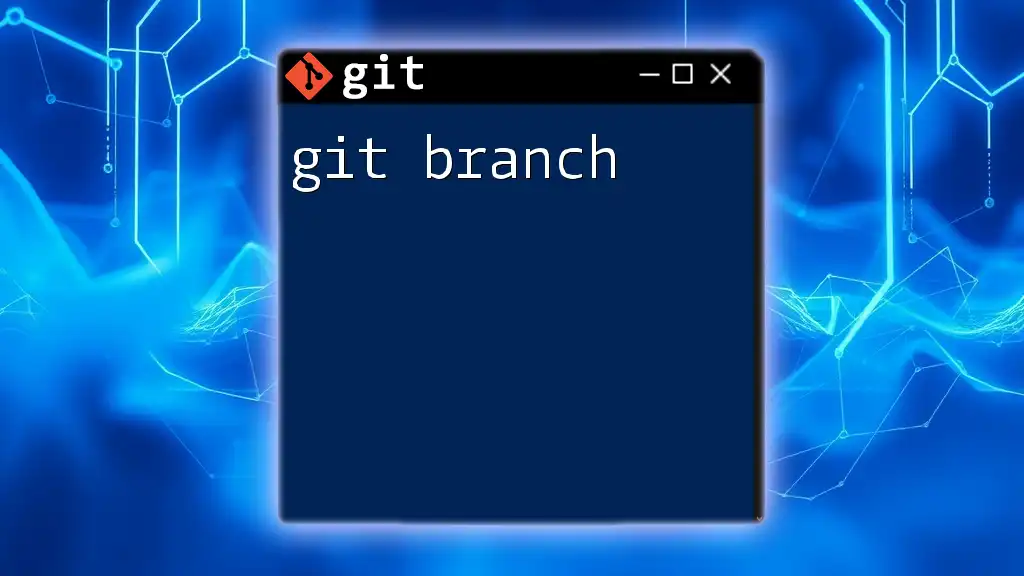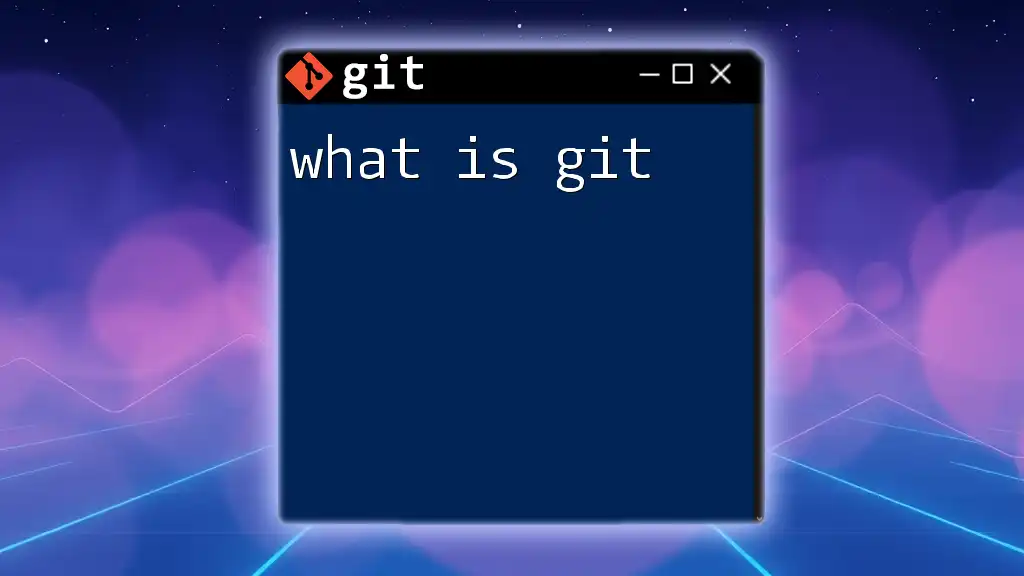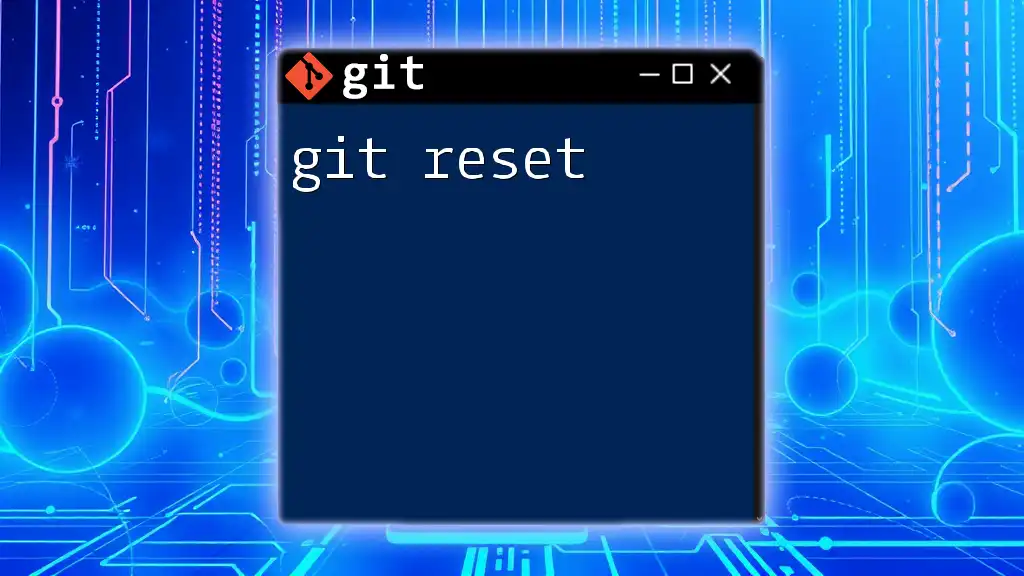To specify a particular SSH key for Git operations, you can use the `GIT_SSH_COMMAND` environment variable followed by the SSH command that includes the path to your private key.
GIT_SSH_COMMAND='ssh -i /path/to/your/private/key' git clone git@github.com:username/repository.git
Understanding SSH Keys
What is an SSH Key?
An SSH key is a cryptographically secure key used for authenticating yourself to a server or a service. It consists of two parts: a public key and a private key. The public key can be shared freely, while the private key is kept secure on your local machine. This dual-key mechanism ensures a high level of security, as only the person with access to the private key can authenticate themselves.
The use of SSH keys is essential for securing Git repositories, particularly when using remote services such as GitHub or GitLab. They remove the need to enter a username and password every time you perform a Git operation, creating a smoother workflow.
How SSH Works in Git
When using Git, SSH authentication allows you to connect securely to your remote repositories without exposing your credentials. Unlike the HTTPS method, where you typically enter a username and password, SSH leverages your SSH keys for a seamless experience. This not only enhances security but also streamlines operations.
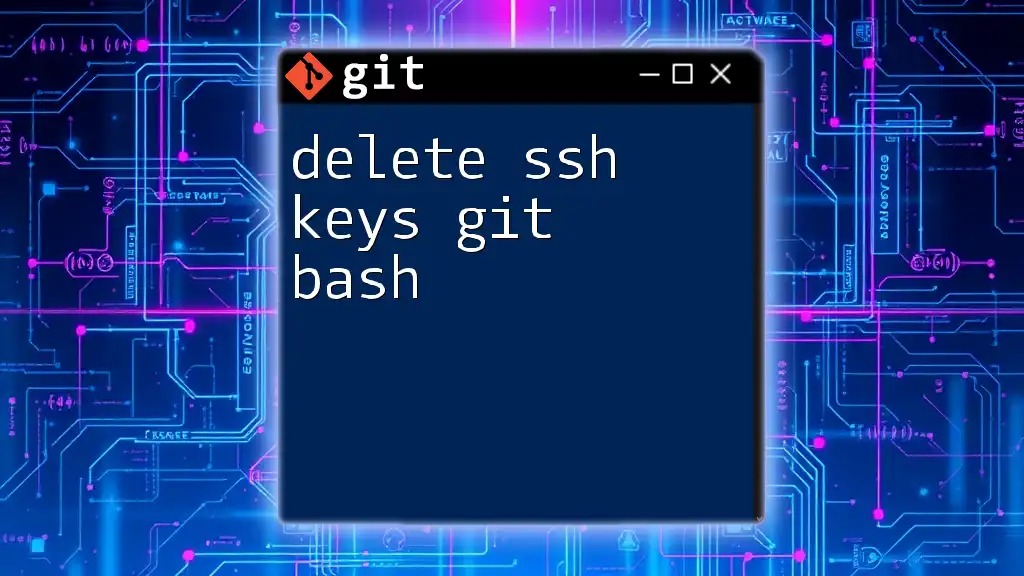
Setting Up an SSH Key
Generating a New SSH Key
To start using SSH for Git, you'll first need to generate a new SSH key pair. You can do this using the `ssh-keygen` command:
ssh-keygen -t rsa -b 4096 -C "your_email@example.com"
In this command:
- `-t rsa` specifies the type of key to create, which is RSA in this case.
- `-b 4096` sets the number of bits in the key to 4096, providing additional security.
- `-C` allows you to add a comment, which is typically your email.
When prompted, you can choose to save the key to the default location or specify a different filename. Remember to keep your private key secure.
Adding the SSH Key to the ssh-agent
The `ssh-agent` is a program that holds your private keys in memory to facilitate automatic authentication. Once you create your SSH key, add it to the `ssh-agent` as follows:
eval "$(ssh-agent -s)"
ssh-add ~/.ssh/id_rsa
The first command starts the `ssh-agent`, while the second adds your private SSH key to the agent. Make sure to replace `~/.ssh/id_rsa` with your specific key file if you chose a different filename. If you encounter any issues, check that the agent is running and that you're using the correct file paths.
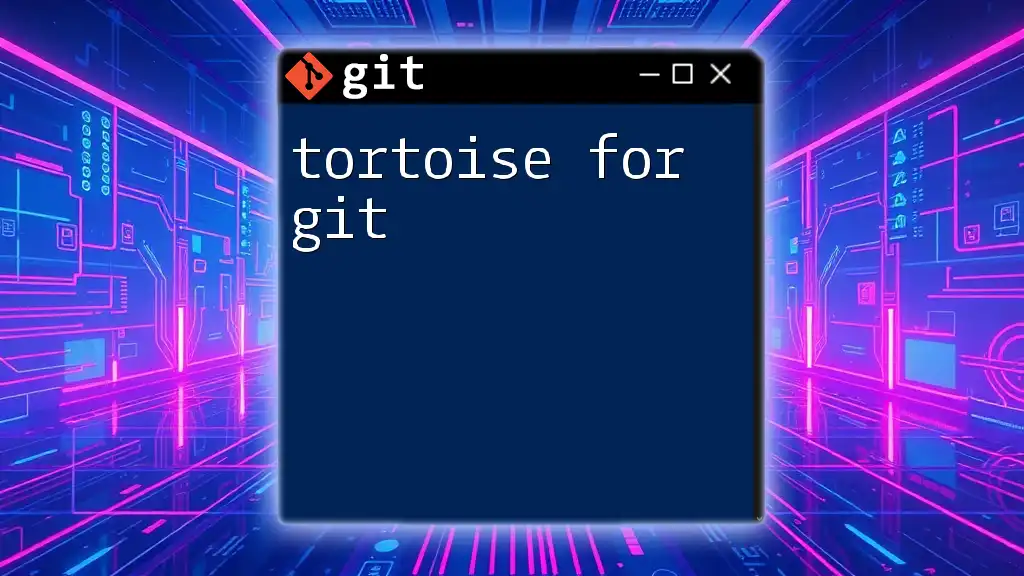
Specifying an SSH Key in Git
Configuring SSH to Use a Specific Key
To specify which SSH key to use for a particular Git repository, you can create or modify the SSH configuration file located at `~/.ssh/config`. This file allows you to customize your SSH settings without modifying commands.
Here’s a sample configuration for using a custom SSH key:
Host github.com
HostName github.com
User git
IdentityFile ~/.ssh/my_custom_key
In this snippet:
- `Host` provides a shorthand name for the key setting.
- `HostName` specifies the actual host you're connecting to.
- `User` is usually always `git` when interacting with GitHub.
- `IdentityFile` indicates the path to your private key.
Having this configuration means that whenever you use Git to connect to `github.com`, it will automatically use `my_custom_key`.
Using the SSH Key with Git Commands
Cloning a Repository with a Specific Key
When you have configured your SSH settings, you can clone a repository using the command:
git clone git@github.com:username/repo.git
This command employs the SSH configuration to determine which key to use, ensuring a seamless connection to your Git repository.
Pushing and Pulling Changes
After cloning a repository, you can easily push and pull changes using the configured SSH key. Here is how you can push your changes:
git add .
git commit -m "Your message"
git push origin main
This workflow is simplified because the SSH key specified in your config handles the authentication automatically. If you run into issues, ensure that the SSH agent is running and your keys are correctly set up.
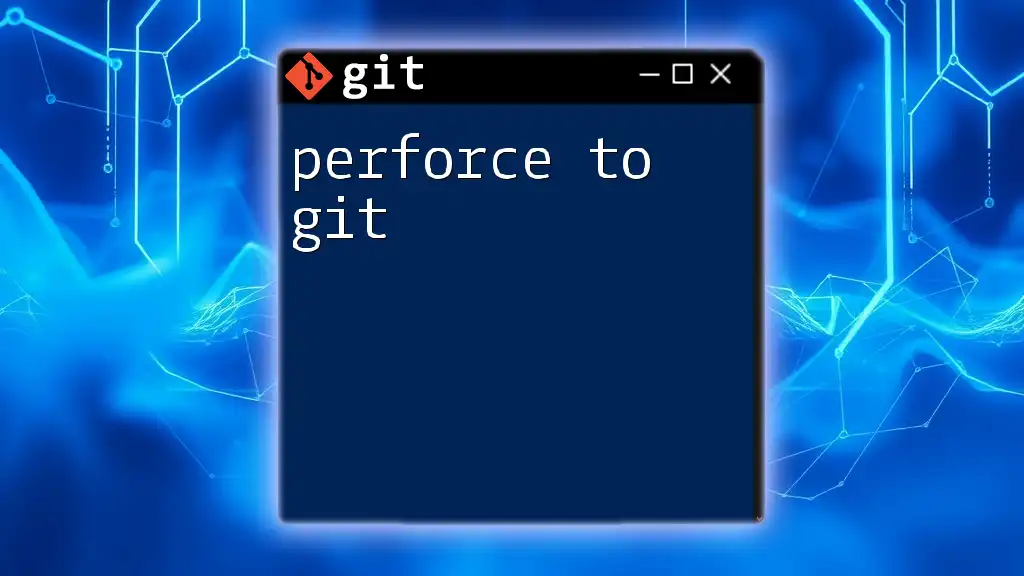
Managing Multiple SSH Keys
When to Use Multiple SSH Keys
In some cases, you may need multiple SSH keys—for instance, one for personal projects and another for work-related repositories. Managing these keys effectively can help keep your projects organized and secure.
Updating the SSH Config File for Multiple Keys
To manage multiple SSH keys, you can update your `~/.ssh/config` file like this:
Host github.com-work
HostName github.com
User git
IdentityFile ~/.ssh/id_rsa_work
Host github.com-personal
HostName github.com
User git
IdentityFile ~/.ssh/id_rsa_personal
In this example:
- You can distinguish between your work and personal SSH keys by using different hostnames.
- When cloning, push, or pull from your work projects, use `github.com-work`. For personal projects, use `github.com-personal`.
This clear setup allows you to switch between different SSH keys effortlessly.
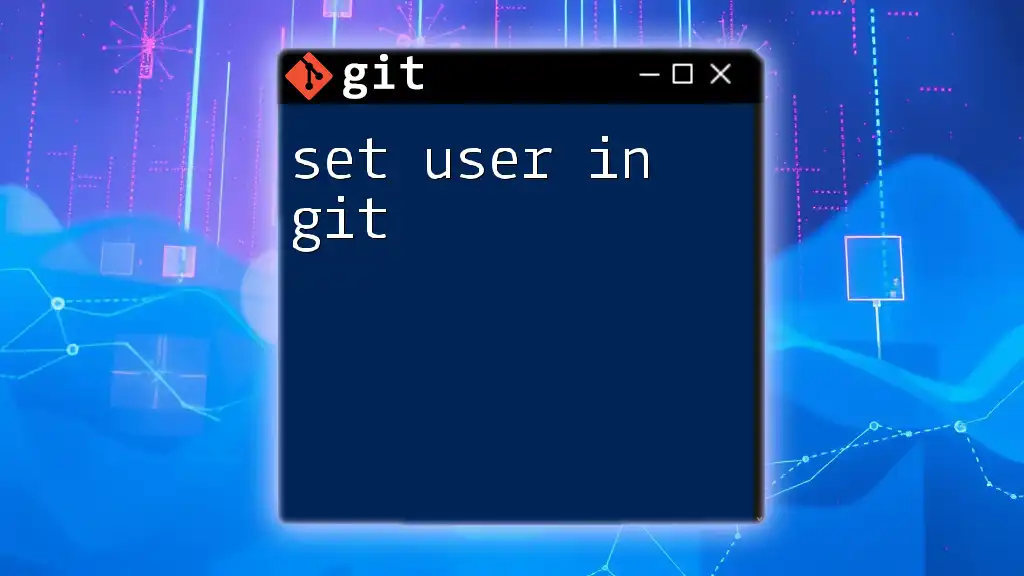
Testing Your SSH Configuration
Verifying Your SSH Connection
To confirm that your SSH key is correctly set up and functioning, you can run the following command:
ssh -T git@github.com
A successful connection will generally respond with a message indicating that you have successfully authenticated, typically mentioning the username associated with the account.
Troubleshooting SSH Issues
If you encounter issues such as “Permission denied (publickey),” it may indicate a problem with your SSH configuration, your key permissions, or the key not being added to your account on GitHub. Common troubleshooting steps include:
- Ensuring that your SSH key has been added to your GitHub account.
- Checking that the correct SSH agent is running with your key loaded.
- Verifying the permissions of your SSH key files (the private key file should typically be `chmod 600`).
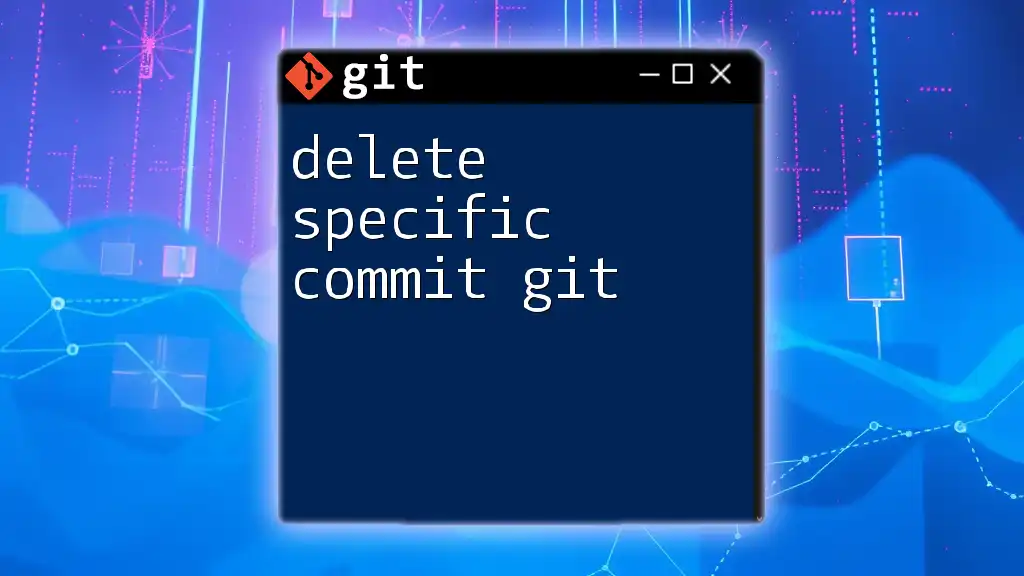
Conclusion
In this guide, we covered the crucial steps necessary for specifying an SSH key for Git operations. This process not only enhances your security but also optimizes your workflow by removing the repetitive task of entering passwords. By efficiently managing SSH keys, you can ensure seamless access to your repositories, improve your productivity, and heighten the security of your development environment.
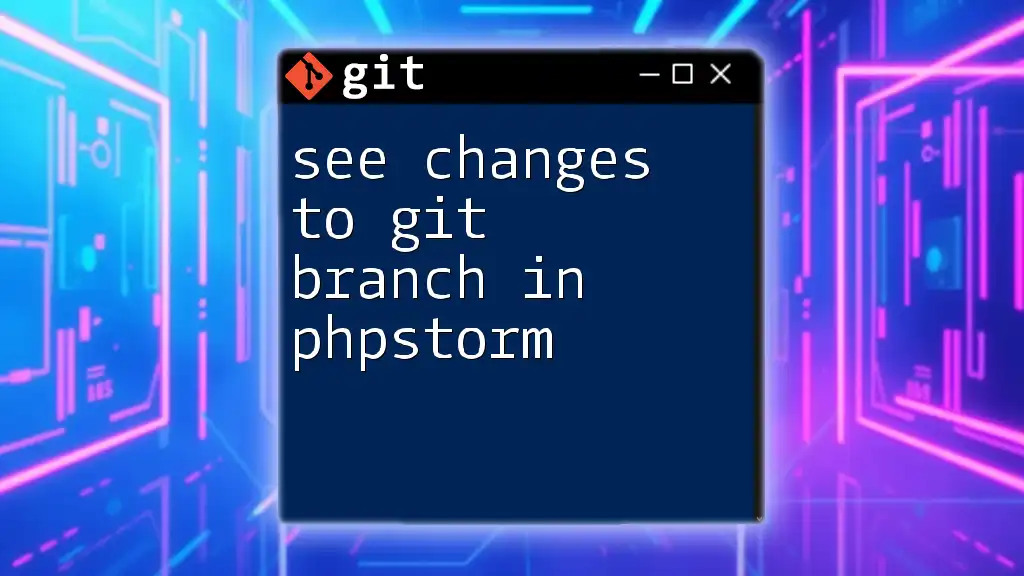
Additional Resources
For further learning, refer to the official Git SSH documentation and explore additional video tutorials. If you are looking for personalized assistance or structured training sessions on Git commands, consider reaching out to our company for tailored solutions that suit your needs.
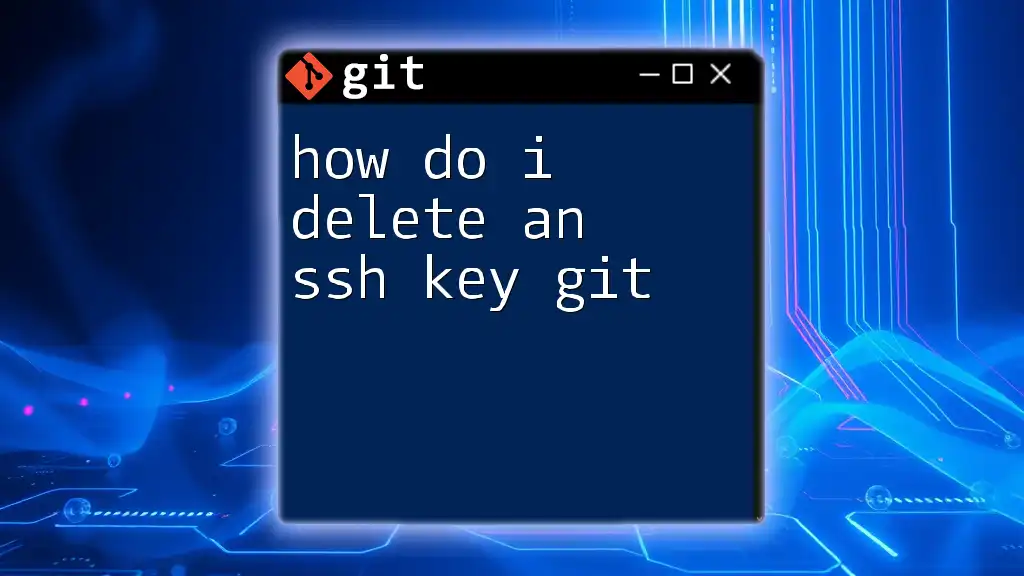
Call to Action
Subscribe to our blog for more insightful tips and techniques on mastering Git and other essential programming tools. If you have any questions about using SSH keys or Git in general, feel free to contact us for support!

